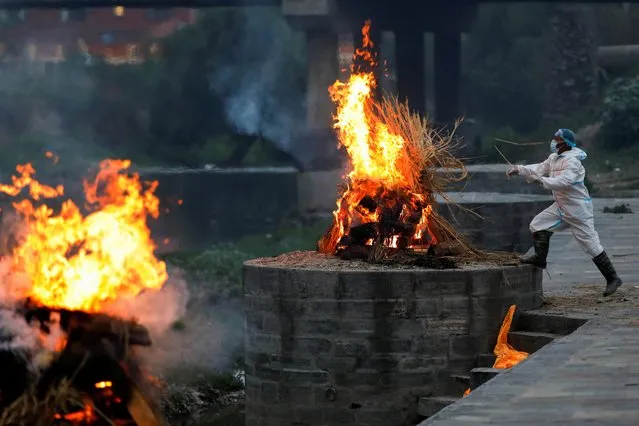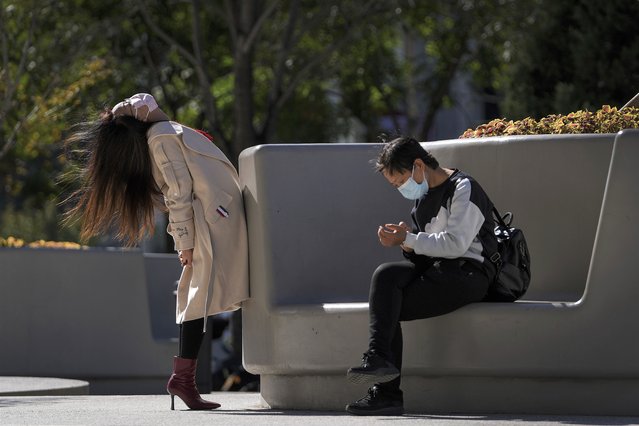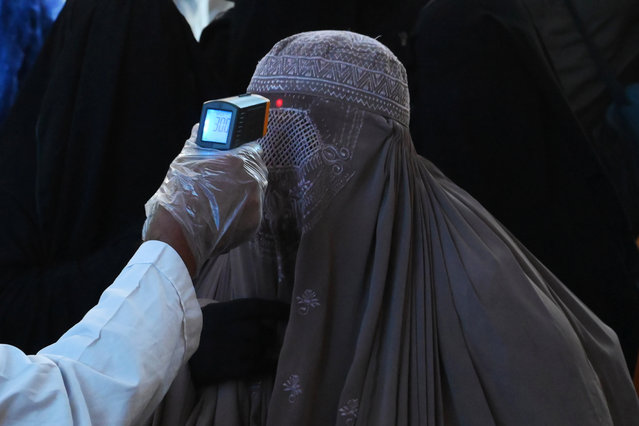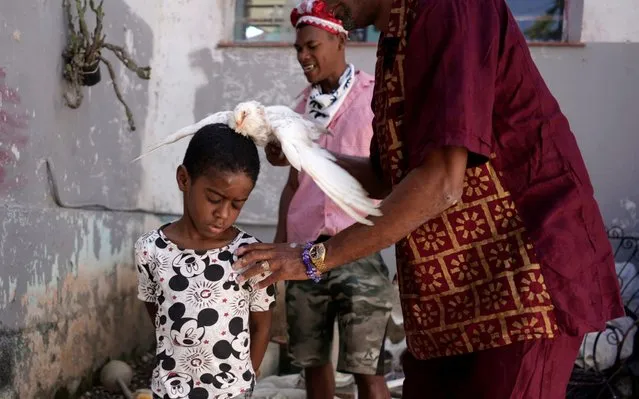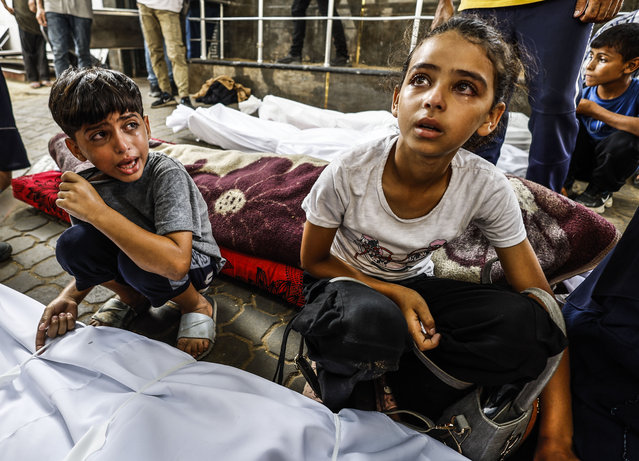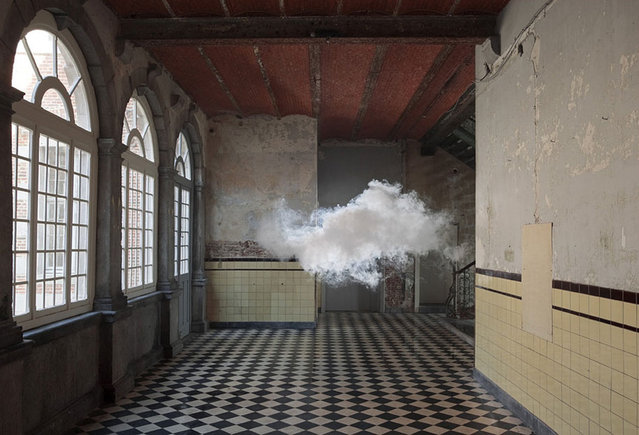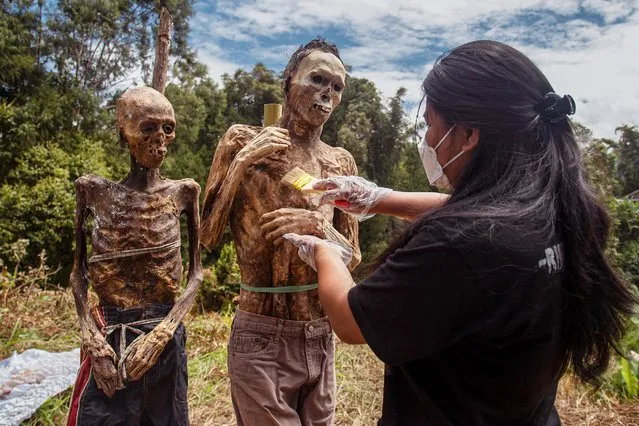
A family member of the Toraja ethnic group prepares the bodies of exhumed relatives from a community burial site to be cleaned and dressed in a series of traditional ceremonies honouring the dead known as Manene at Torea village, in North Toraja, Indonesia's South Sulawesi on August 17, 2022. (Photo by Andri Saputra/AFP Photo)
06 Sep 2022 04:44:00,post received
0 comments

